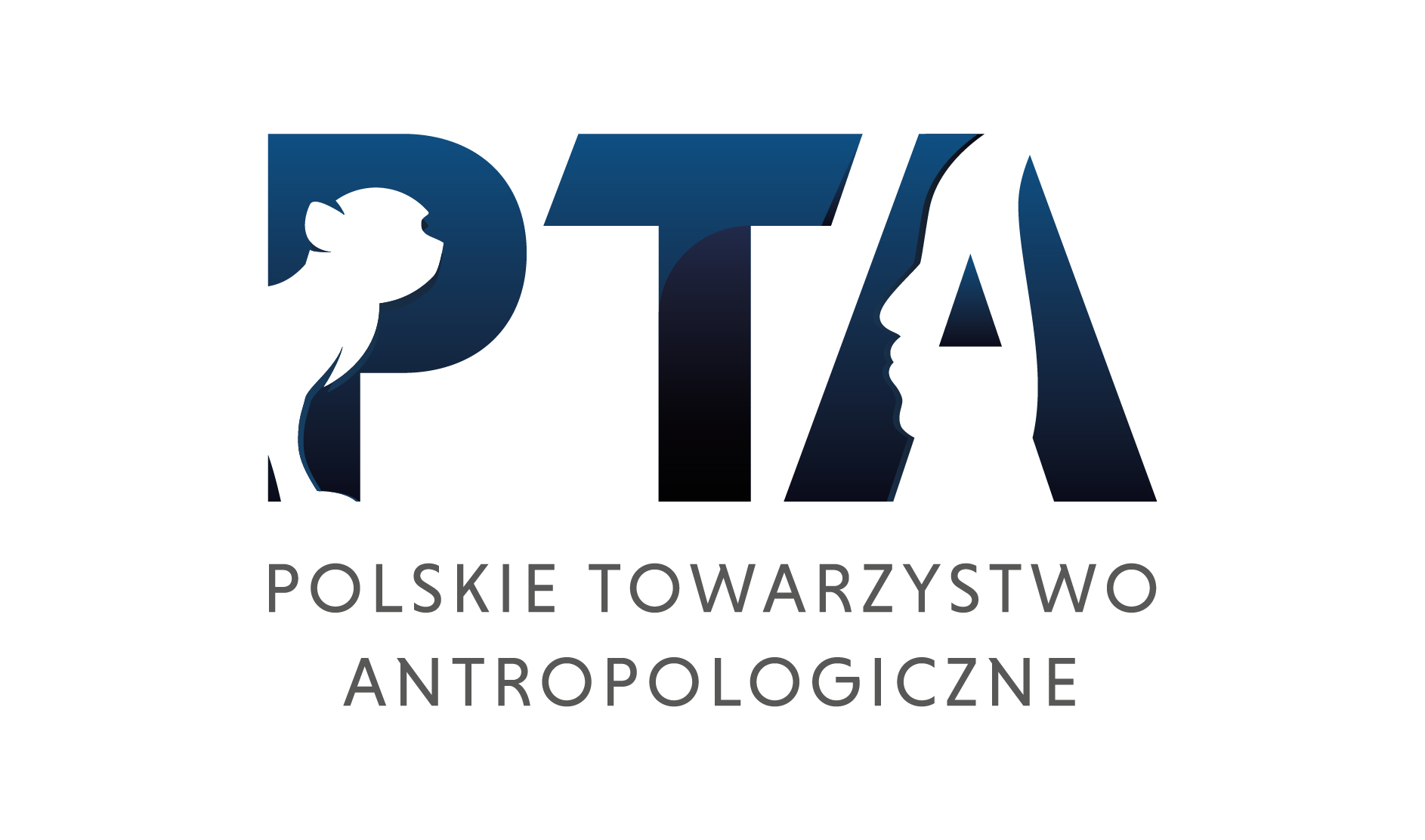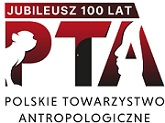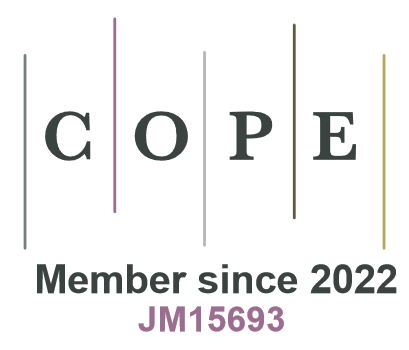ACTN-3 and ACE genotypes in elite male Italian athletes
DOI:
https://doi.org/10.2478/v10044-012-0004-4Keywords:
genetics, Italians, athletes, soccer, gymnastics, ACE I/D, ACTN-3 R/X, polymorphismsAbstract
The ACE I/D and the ACTN-3 R577X polymorphisms are the most studied genes associated with elite athlete status, even if this association has been often conflicting. The aim of the present study was to investigate the association between the ACE and the ACTN3 genotypes and elite performance in Italian male athletes. The ACTN-3 R577X and the ACE I/D genotype distributions of 59 elite male Italian athletes practicing gymnastics (G; n = 17), 100 m–400 m running (R; n = 12), and playing soccer (S; n= 30) were compared with controls from Italian (C; n = 31) populations. For ACE distribution, athletes did not differ from controls (G, χ2 = 0.37, df = 2, p = 0.82; R, χ2 = 1.90, df = 2, p = 0.45; S, χ2 = 1.48, df = 2, p = 0.47) and the DD genotype was at very high frequency in all groups (G = 53%, R= 50%, S = 60%, C = 45%). For ACTN-3 distribution, elite gymnasts showed a significant difference from controls (χ2 = 6.57, df = 2, p = 0.03), showing an absence of XX genotype. Soccer players and runners did not differ from controls in ACTN-3 genotype distribution (R, χ2 =0.43, df = 2, p = 0.80; S, χ2 = 1.25, df = 2, p = 0.53). Even if the ACE DD genotype is often positively associated with elite sprint/power athlete status, its high frequency in Italian populations eliminates the possibility of its exclusive association in Italian athletes. The results of ACTN3 genotypes suggest that RR genotype of ACTN-3 gene is a determinant of elite gymnasts status but it is not the key factor for achieving a top-level performance in soccer or track events.
Downloads
References
Alvarez R, Terrados N, Ortolano R, Iglesias-Cubero G, Reguero JR, Batalla A, et. al. 2000. Genetic variation in the renin–angiotensin system and athletic performance. Eur J Appl Physiol 82:117–20.
View in Google Scholar
Aucella F, Vigilante M, Margaglione M, Grandone E, del Popolo A, Forcella M, et al. 2000. Polymorphism of the Angiotensin-Converting Enzyme gene in End-Stage Renal Failure Patients. Nephron 85:54–59.
View in Google Scholar
Berman Y, North KN. 2010. A gene for speed: the emerging role of alpha-actinin–3 in muscle metabolism. Physiology (Bethesda) 25:250–5.
View in Google Scholar
Bray MS, Hagberg JM, Pe’Russe L, Rankinen T, Roth SM, Wolfarth B, et al. 2009. The Human Gene Map for Performance and Health-Related Fitness Phenotypes: The 2006–2007 Update. Med Sci Sports Exerc 41:34–72.
View in Google Scholar
Bouchard C, Lesage R, Lortie G, Simoneau JA, Hamel P, Boulay MR, et.al. 1986. Aerobic performance in brothers, dizygotic and monozygotic twins. Med Sci Sports Exerc 18:639–46.
View in Google Scholar
Bustamante-Ara N, Santiago C, Verde Z, Yvert T, Gómez-Gallego F, Rodríguez-Romo G, et al. 2010. ACE and ACTN3 genes and muscle phenotypes in nonagenarians. Int J Sports Med 31:221–24
View in Google Scholar
Clarkson PM, Devaney JM, Gordish-Dressman H, Thompson PD, Hubal MJ, Urso M, et al. 2005. ACTN3 genotype is associated with increases in muscle strength in response to resistance training in women. J Appl Physiol 99:154–63.
View in Google Scholar
Coates D. 2003. The angiotensin converting enzyme (ACE). Int J Biochem Cell Biol 35:769–73.
View in Google Scholar
Collins M, Xenophontos SL, Cariolou MA, Mokone GG, Hudson DE, Anastasiades L, et al. 2004. The ACE gene and endurance performance during the South African Ironman Triathlons. Med Sci Sports Exerc 36:1314–20.
View in Google Scholar
De Proft E, Cabri J, Dufour W, Clarys JP. 1988. Strength training and kick performance in soccer players. In: T Reilly, A Lees, K Davids, WJ Murphy, editors. Science and Football. London: E & FN Spon. 108–13.
View in Google Scholar
Druzhevskaya AM, Ahmetov II, Stratenkova IV, Rogozkin VA. 2008. Association of the ACTN3 R577X polymorphism with power athlete status in Russians. Eur J Appl Physiol 103:631–34.
View in Google Scholar
Gayagay G, Yu B, Hambly B, Boston T, Hahn A, Celermajer DS, et al. 1998. Elite endurance athletes and the ACE I allele-the role of genes in athletic performance. Hum Genet 103;48–50.
View in Google Scholar
Hanson ED, Ludlow AT, Sheaff AK, Park J, Roth SM. 2010. ACTN3 Genotype Does not Influence Muscle Power. Int J Sports Med 31:834–38.
View in Google Scholar
Jones A, Montgomery HE, Woods DR. 2002. Human performance: a role for the ACE genotype? Exerc Sport Sci Rev 30:184–90.
View in Google Scholar
Jones A, Woods DR. 2003. Skeletal muscle RAS and exercise performance. Int J Biochem Cell Biol 35:855–66.
View in Google Scholar
Juffer P, Furrer R, González-Freire M, Santiago C, Verde Z, Serratosa L, et al. 2009. Genotype distributions in top-level soccer players: a role for ACE? Int J Sports Med 30:387–92.
View in Google Scholar
Karjalainen J, Kujala UM, Stolt A, Mantysaari M, Viitasalo M, Kainulainen K, et al. 1999. Angiotensinogen gene M235T polymorphism predicts left ventricular hypertrophy in endurance athletes. J Am Coll Cardiol 34:494–99.
View in Google Scholar
Lucia A, Olivan J, Gomez-Gallego F, Santiago C, Montil M, Foster C. 2007. Citius and longius (faster and longer) with no alpha-actinin–3 in skeletal muscles? Br J Sports Med 41:616–17.
View in Google Scholar
Massidda M, Vona, G, Calò CM. 2009. Association Between the ACTN3 R577X Polymorphism and Artistic Gymnastic Performance in Italy. Genet Test Mol Biomarkers 13:377–80.
View in Google Scholar
Massidda M, Vona G, Calò CM. 2011. Lack of association between ACE insertion/ deletion polymorphism and elite artistic gymnastic performance in Italians. Eur J Sports Sci 11:149–53.
View in Google Scholar
Mills MA, Yang N, Weinberger RP, Woude DLV, Beggs AH, Easteal S, et al. 2001. Differential expression of the actin-binding proteins, alfa-actin–2 and –3, in different species: implications for the evolution of functional redundancy. Hum Mol Genet 10:1335–46.
View in Google Scholar
Montgomery HE, Marshall R, Hemingway H, Myerson S, Clarkson P, Dollery C, et al. 1998. Human gene for physical performance. Nature 393:221–22.
View in Google Scholar
Moran CN, Yang N, Bailey ME, Tsiokanos A, Jamurtas A, MacArthur DG, et al. 2007. Association analysis of the ACTN3 R577 Xpolymorphism and complex quantitative body composition and performance phenotypes in adolescent Greeks. Eur J Hum Genet 15:88–93.
View in Google Scholar
Myerson S, Hemingway H, Budget R, Martin J, Humphries S, Montgomery H. 1999. Human angiotensin I-converting enzyme gene and endurance performance. J Appl Physiol 87:1313–16.
View in Google Scholar
Nazarov IB, Woods DR, Montgomery HE, Shneider OV, Kazakov VI, Tomilin NV, et al. 2001. The angiotensin converting enzyme I/D polymorphism in Russian athletes. Eur J Hum Genet: 9:797–801.
View in Google Scholar
North KN, Yang N, Wattanasirichaigoon D, Mills M, Easteal S, Beggs AH. 1999. A common nonsense mutation results in a-actinin–3 deficiency in the general population. Nature Genetics 21:353–54.
View in Google Scholar
Rankinen T, Wolfarth B, Simoneau JA, Maier-Lenz D, Rauramaa R, Rivera MA, et al. 2000. No association between the angiotensin-converting enzyme I/D polymorphism and elite endurance athlete status. J Appl Physiol 88:1571–75.
View in Google Scholar
Reilly T, Doran D. 1999. Kinanthropometric and performance profiles of elite Gaelic footballers. J Sports Sci 17:92.2
View in Google Scholar
Ruiz JR, Arteta D, Buxens A, Artieda M, Gomez-Gallego F, Santiago C, et al. 2009. Can we identified a power-oriented polygenic profile? J Appl Physiol 108:561–66.
View in Google Scholar
Ruiz JR, Fernandez del Valle M, Verde Z, Dıez-Vega I, Santiago C, Yvert T, et al. 2011. ACTN3 R577X polymorphism does not influence explosive leg muscle power in elite volleyball players. Scand J Med Sci Sports 21:e–34–41.
View in Google Scholar
Santiago C, Gonzalez-Freire M, Serratosa L, Morate FJ, Meyer T, Gomez-Gallego F, et al. 2008. ACTN3 genotype in professional soccer players. Br J Sports Med 42:71–73.
View in Google Scholar
Santiago C, Ruiz JR, Muniesa CA, Gonzalez-Freire M, Gomez-Gallego F, Lucia A. 2009. Does the polygenic profile determine the potential for becoming a worldclass athlete? Insights from the sport of rowing. Scand J Med Sci Sports 20:e188–94.
View in Google Scholar
Santiago C, Rodriguez-Romo G, Gomez-Gallego F, Gonzalez-Freire M, Yvert T, Verde Z, et al. 2010. Is there an association between ACTN3 R577X polymorphism and muscle power phenotypes in young, non-athletic adults? Scand J Med Sci Sports 20:771–78.
View in Google Scholar
Scanavini D, Bernardi F, Castoldi E, Conconi F, Mazzoni G. 2002. Increased frequency of the homozygous II ACE genotype in Italian Olympic endurance athletes. Eur J Hum Genet 10:576–77.
View in Google Scholar
Scott RA, Irving R, Irwin L, Morrison E, Charlton V, Austin K, et al. 2010. ACTN3 and ACE genotypes in elite Jamaican and US sprinters. Med Sci Sports Exec, 42, 107–12.
View in Google Scholar
Taylor RR, Mamotte CD, Fallon K, van Bockxmeer FM. 1999. Elite athletes and the gene for angiotensin-converting enzyme. J Appl Physiol 87:1035–37.
View in Google Scholar
Tsianos G, Sanders J, Dhamrait S, Humphries S, Grant S, Montgomery H. 2004. The ACE gene insertion/deletion polymorphism and elite endurance swimming. Eur J Appl Physiol 92:360–62.
View in Google Scholar
Vincent B, De Bock K, Ramaekers M, Van den Eede E, Van Leemputte M, Hespel P, et al. 2007. ACTN3 (R577X) genotype is associated with fiber type distribution. Physiol Genomics 32:58–63.
View in Google Scholar
Woods D, Hickman M, Jamshidi Y, Brull D, Vassiliou V, Jones A, et al. 2001. Elite swimmers and the D allele of the ACE I/D polymorphism. Hum Genet 108:230–32.
View in Google Scholar
Yang N, MacArthur D, Gulbin JP, Hahn AG, Beggs AH, Easteal S, et al. 2003. ACTN3 Genotype Is Associated with Human Elite Athletic Performance. Am J Hum Genet 73:627–31.
View in Google Scholar
Downloads
Published
How to Cite
Issue
Section
License

This work is licensed under a Creative Commons Attribution-NonCommercial-NoDerivatives 4.0 International License.








